Searching for evidence of primordial black holes in planets and everyday materials
Thursday, 05 December 2024 04:53 The formation of black holes is often associated with massive stars collapsing under their own gravity. However, new research suggests the chaotic conditions of the early universe may have enabled the creation of primordial black holes (PBHs) long before stars existed. These PBHs, theorized to account for elusive dark matter, remain undetected despite decades of speculation.
A study co-led
The formation of black holes is often associated with massive stars collapsing under their own gravity. However, new research suggests the chaotic conditions of the early universe may have enabled the creation of primordial black holes (PBHs) long before stars existed. These PBHs, theorized to account for elusive dark matter, remain undetected despite decades of speculation.
A study co-led Umbra Space secures extended contract with National Reconnaissance Office
Wednesday, 04 December 2024 20:23
Relive Sentinel-1C on Vega-C launch
Wednesday, 04 December 2024 20:20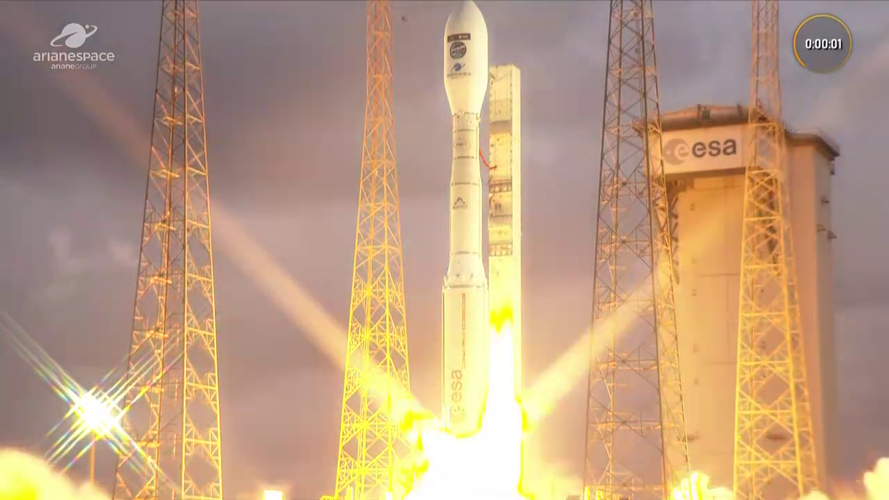 Video:
02:31:24
Video:
02:31:24
The third Copernicus Sentinel-1 satellite, Sentinel-1C, launched aboard a Vega-C rocket, flight VV25, from Europe’s Spaceport in French Guiana on 5 December 2024 at 22:20 CET (18:20 local time).
Sentinel-1C extends the legacy of its predecessors, delivering high-resolution radar imagery to monitor Earth’s changing environment, supporting a diverse range of applications and advance scientific research. Additionally, Sentinel-1C introduces new capabilities for detecting and monitoring maritime traffic.
The launch also marks Vega-C’s ‘return to flight’, a key step in restoring Europe’s independent access to space. Vega-C is the evolution of the Vega family of rockets and delivers increased performance, greater payload volume and improved competitiveness.
Silver Journeys – Space Rider woodcut poster
Wednesday, 04 December 2024 14:38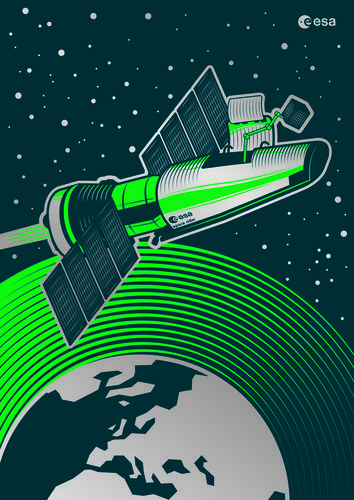 Image:
Silver Journeys – Space Rider woodcut poster
Image:
Silver Journeys – Space Rider woodcut poster Silver Journeys – Vega-C woodcut poster
Wednesday, 04 December 2024 14:37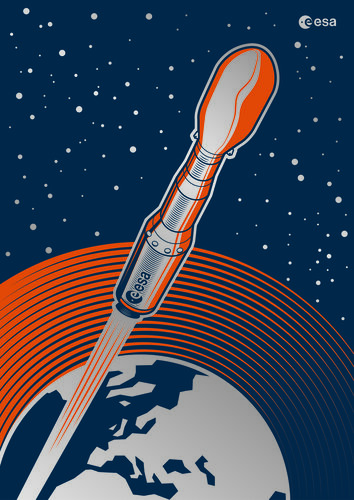 Image:
Silver Journeys – Vega-C woodcut poster
Image:
Silver Journeys – Vega-C woodcut poster Silver Journeys – Ariane 6 woodcut poster
Wednesday, 04 December 2024 14:33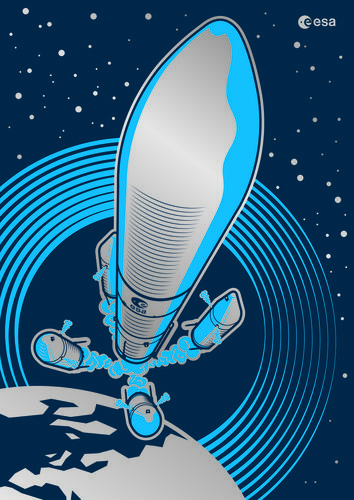 Image:
Silver Journeys – Ariane 6 woodcut poster
Image:
Silver Journeys – Ariane 6 woodcut poster Personal AI assistants could help astronauts on long missions
Wednesday, 04 December 2024 13:05This request seems a bit unusual, so we need to confirm that you're human. Please press and hold the button until it turns completely green. Thank you for your cooperation!
Press and hold the button
If you believe this is an error, please contact our support team.
185.132.36.159 : 0287f8b3-10a3-4826-946e-440958e9
Planning autonomous surface missions on ocean worlds
Wednesday, 04 December 2024 13:05This request seems a bit unusual, so we need to confirm that you're human. Please press and hold the button until it turns completely green. Thank you for your cooperation!
Press and hold the button
If you believe this is an error, please contact our support team.
185.132.36.159 : 023c0266-0eeb-48ec-a066-825afea0
Webb finds surprises in Spiderweb protocluster field
Wednesday, 04 December 2024 13:00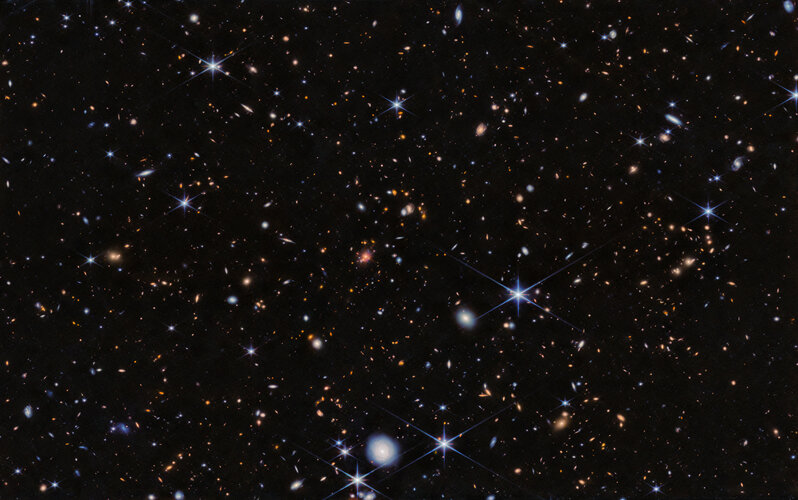
Using the NASA/ESA/CSA James Webb Space Telescope, an international team of astronomers have found new galaxies in the Spiderweb protocluster. Their characteristics reveal that new galaxies are forming in these large cosmic cities, with the finding that gravitational interactions in these dense regions are not as important as previously thought.
How American entrepreneurs can help win the space race against China
Wednesday, 04 December 2024 13:00
China debuts modified solid rocket with remote sensing satellite launch
Wednesday, 04 December 2024 12:45
Trump’s unfinished business: An independent Space Force
Wednesday, 04 December 2024 12:00






